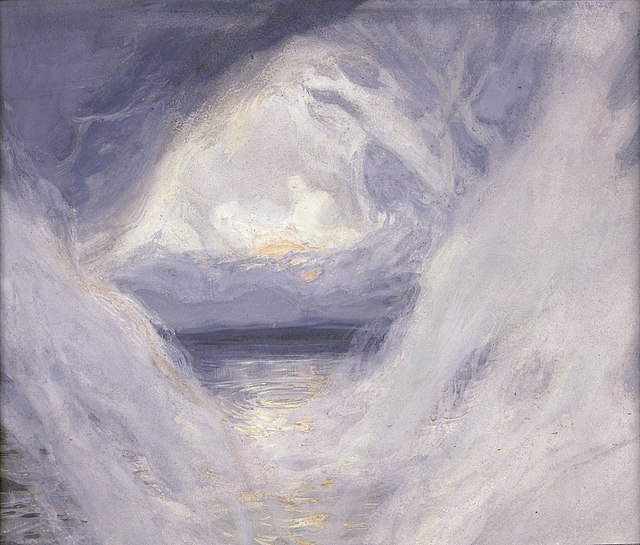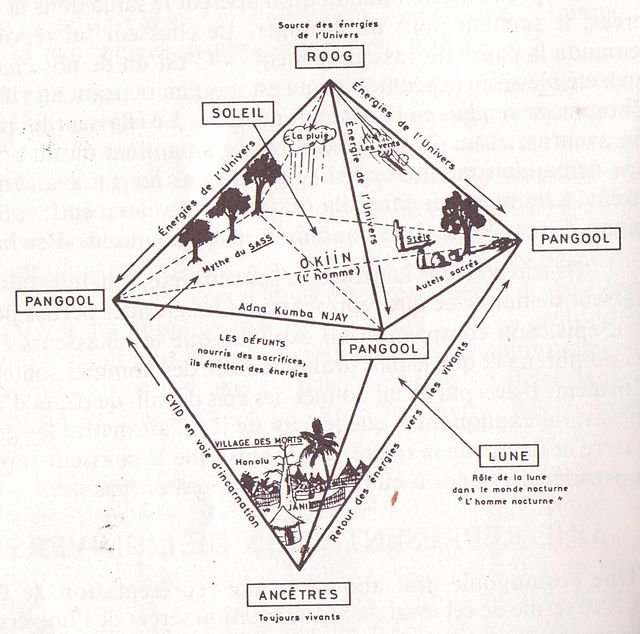A creation myth or cosmogonic myth is a type of cosmogony, a symbolic narrative of how the world began and how people first came to inhabit it. While in popular usage the term myth often refers to false or fanciful stories, members of cultures often ascribe varying degrees of truth to their creation myths. In the society in which it is told, a creation myth is usually regarded as conveying profound truths – metaphorically, symbolically, historically, or literally. They are commonly, although not always, considered cosmogonical myths – that is, they describe the ordering of the cosmos from a state of chaos or amorphousness.
The Creation (c. 1896–1902), painting by James Tissot
Structure of the world, according to Finnish mythology
In Maya religion, the dwarf was an embodiment of the Maize God's helpers at creation.
Brahmā, the Hindu deva of creation, emerges from a lotus risen from the navel of Viṣņu, who lies with Lakshmi on the serpent Ananta Shesha.
Cosmogony is any model concerning the origin of the cosmos or the universe.
The Creation of the Four Elements as published by Holland in 1589 from Ovid's book: Metamorphoses
The Sumerian tablet containing parts of the Eridu Genesis
The representation of the Universe as rooted in Serer religion and Cosmogony







